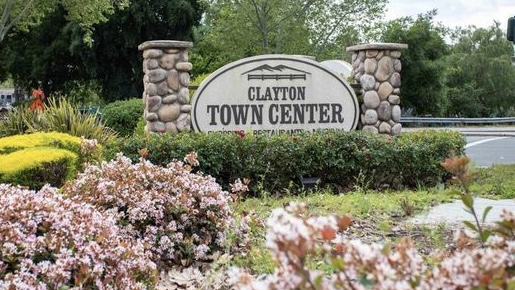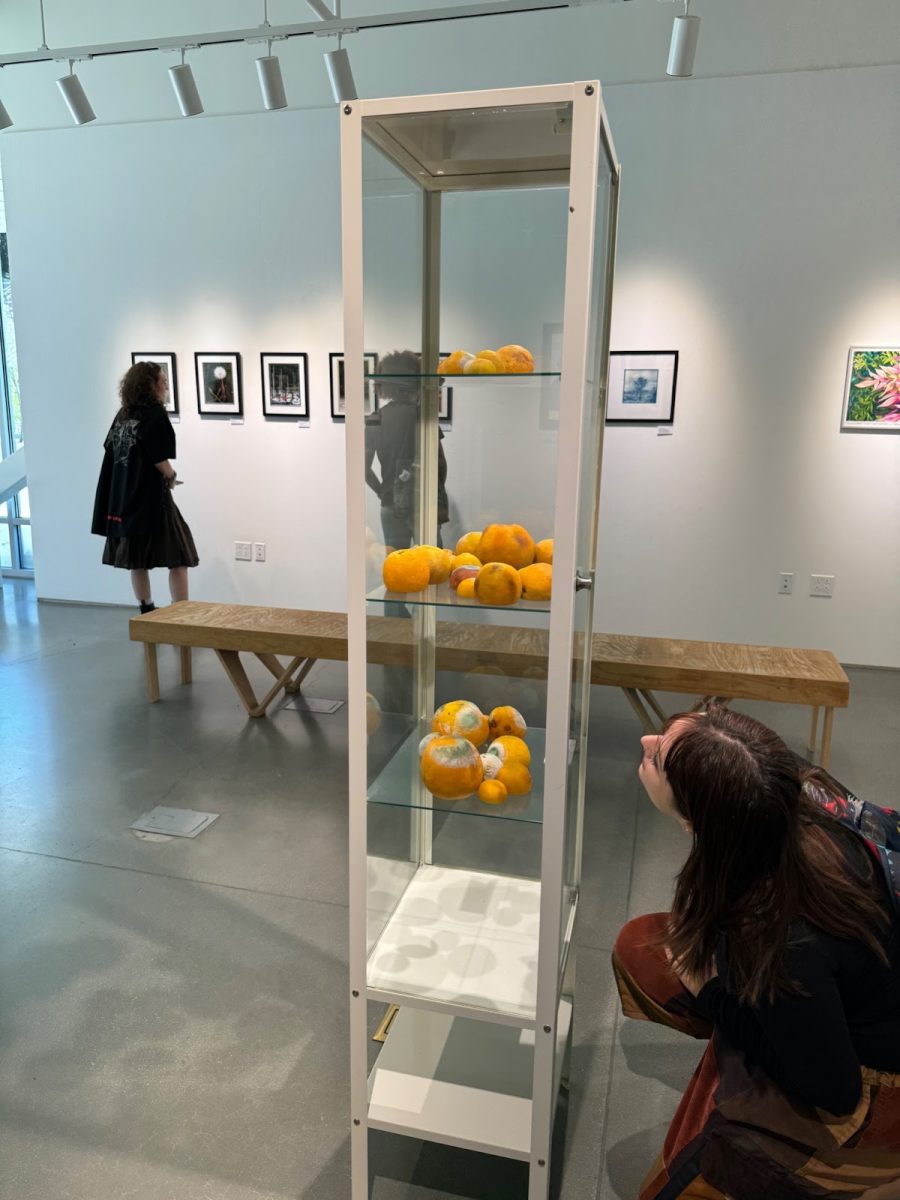The calm before the drought- California prepares for the worst
February 4, 2014
California is on the brink of one of the worst droughts that it has experienced in decades.
Despite rain over the past weekend, California’s drought will hardly be any less catastrophic. Across the state as a whole, precipitation is down to about 20 percent of normal levels and this has prompted Gov. Jerry Brown to declare a state of emergency.
In short, a full-fledged water crisis is expected for California’s 38 million residents.
The state faces a water shortfall that will more than likely mean higher food prices and costs of living. This has many students worried and has caused them to alter their behavior.
Haya Hilton, a 20-year-old student has had this issue is in the back of her mind.
“I’ve been telling [my family] to turn off faucets while brushing their teeth,” she said.
The biggest fear for students is that water will start to be rationed.
Marine biology major Dylan Heiross expressed his concern and ways he can alter his behavior.
“If it continues, the price of food will go up and water rationing maybe mandatory,” he said. “I’m taking shorter showers and drinking bottled water.”
East Bay Municipal Utility Distrcit, the utility company that supplies much of Alameda and Contra Costa counties with water, is preparing to reach out to the public to ask them to reduce their water intake. A public announcement is expected on Feb. 11 to ask residents to voluntarily cut their water consumption. East Bay Mud is also providing free water saving devices and tips for the public.
Students like Aileen Semjam, 19, are worried about the cost of food in the long term.
“There will be less crop land in California, and our food supply will need to take in more imports,”she said.
The recent rains brought less than half an inch of rain to the area. In a statement provided by East Bay MUD’s public outreach official Nelsy Rodriguez, “[The rains] had a very minimal impact on our water levels. We will need another 30-35 inches of precipitation this season to fill our reservoirs to not have to declare a water shortage emergency.”
The drought is also set to bring in a lot of strain to the local environment. Currently a series of tunnels are being dug to bring more water to California’s Central Valley from the Sacramento Delta. Doing so will damage the fishing industry that exists there, but may help control the cost of food. Bay Area residents, who currently receive their water from the Mokelumne River may be getting their supply from the Sacramento River as those sources dry up, according to East Bay MUD.
Robert Wright, who volunteers his time for the horticulture department at DVC, made the most of the relief by setting up water collection barrels near the green-houses. Wright and the rest of the horticulture department are preparing for the worst.
“A lot of what we are doing is to save water,” Wright stated. In addition, the horticulture department will be hosting a workshop on Feb. 28 to teach people how to garden during the drought. “We are trying to be water wise and to use water at least twice.”
He also finds that a lower water supply will lead to higher food costs, especially in locally grown produce. Water prices may augment prices up to three times for food this year alone.
Much of DVC’s landscaping is being supplied by recycled water. This water is treated after being used in sewage and is rich in nutrients and nitrogen. Fed by “purple pipes,” this water is unsafe to drink but perfect for watering plants.
“Everyone is competing for this water because of the nutrients and nitrogen [in it],” Wright said. “It provides water for the ball fields willow trees and toilets in the new buildings.”







































































